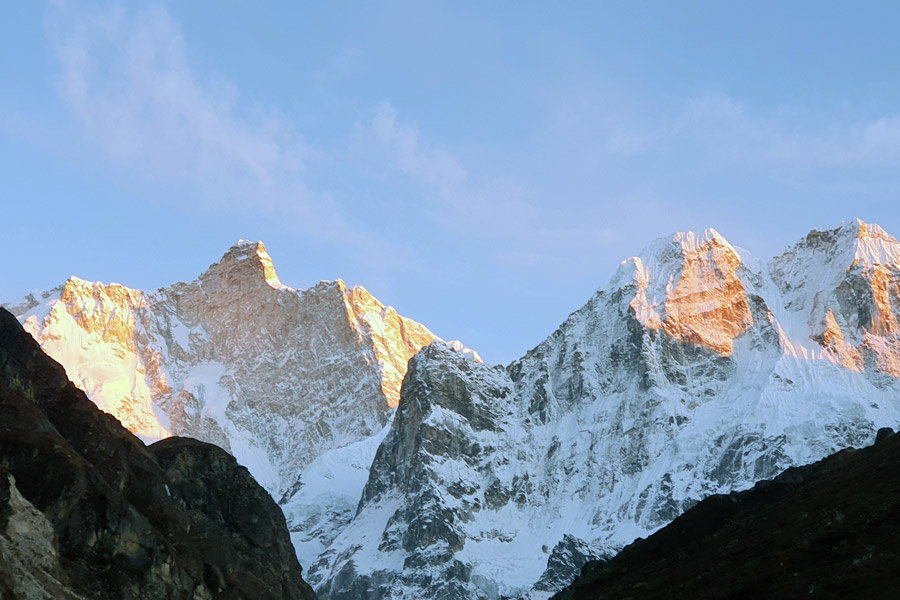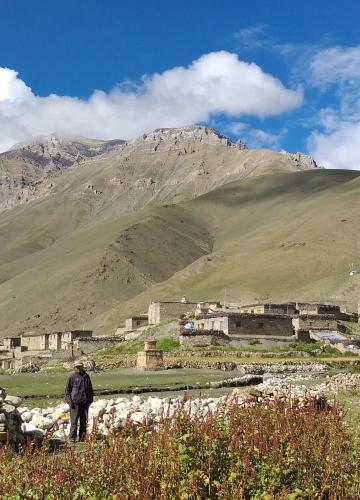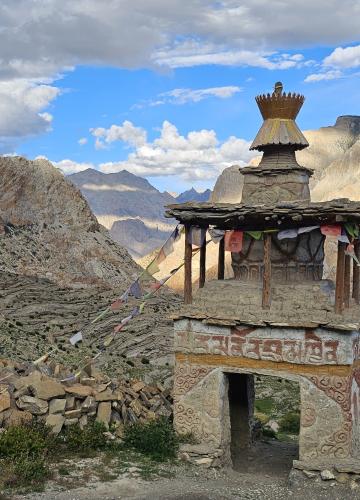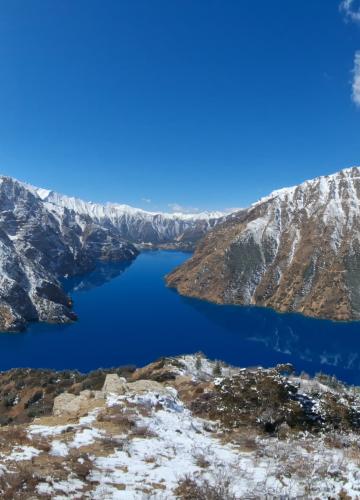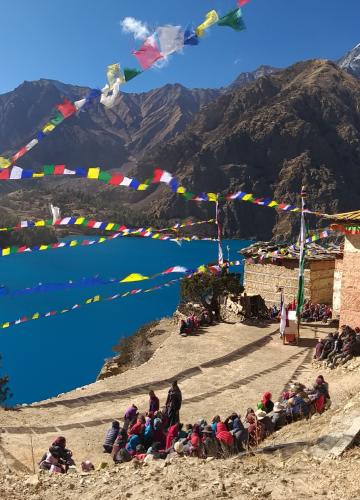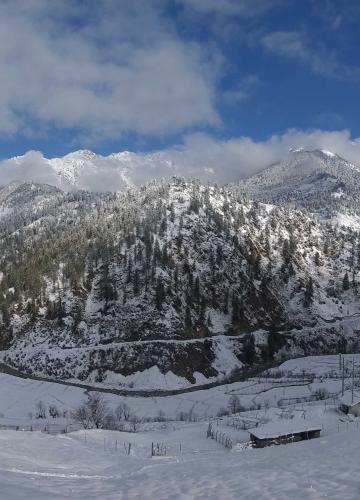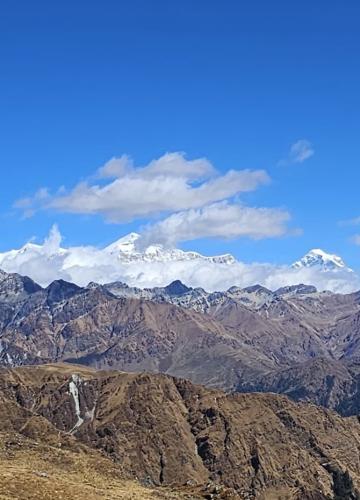If you are an adrenaline junky, then Kanchenjunga Trek should be on your top of the list of things to do. This takes you to one of the least explored regions in eastern Nepal with access to villages, forests, pastures, and some of the world’s most breathtaking visions of the third highest mountain, Kanchenjunga.
Unlike the more famous Everest and Annapurna treks, Kanchenjunga has remained a secret for the true trekker who values his solitude, raw beauty, and a bit more challenging trek.
Only Everest and K2 are taller than Kanchenjunga (8586m), the massive block of rock and ice that straddles the border between Nepal and Sikkim in India. There have been relatively few attempts to climb this mighty mountain, partly because Kanchenjunga is worshipped as a tutelary spirit by the Sikimese. The first serious attempt to conquer the peak was the 1905 expedition led by the occultist Aleister Crowley, but a British team finally gained the summit in 1955. Even today, most expeditions stop just below the summit as a gesture of respect.
The foothills of Kanchenjunga have been open to trekkers since 1988, but permit restrictions mean that it's only possible to walk here as part of an organised trek arranged through an agency. There are two main approach routes to Kanchenjunga. The trek to the south base camp starts from the airstrip at Suketar( near Taplejung), taking two weeks to climb to the Yalung Glacier and return. The difficult 18-day trek to the north base camp can be started from Basantapur (near Hile) or, on a shorter route from Suketar, for the ultimate in Kanchenjunga experiences it is possible to combine these two treks by crossing the Mirgin La (4663m) or the Lapsang La (5160m) to make a neat three-week-plus loop.
The Kanchenjunga area is the homeland of the Limbu People, who speak a language related to Tibetan and follow a mixture of Buddhist, Hindu and animist beliefs.
Why is Kanchenjunga so famous?
Kanchenjunga is celebrated as the world’s third-highest mountain, standing at 8,586 meters (28,169 feet), and is deeply revered by local communities for its spiritual significance. Known as "The Five Treasures of Snow," its five peaks symbolize sacred wealth, and climbers often respect its sanctity by not stepping on the summit.
This is one of the most pristine and biodiverse parts of the world. From the rare snow leopard to the red panda, it falls under a UNESCO World Heritage Site, together with many different cultures: Limbu, Rai, Sherpa, and many others add to the richness in tradition for a trekking experience.
Kanchenjunga represents adventure combined with serenity, remote trails, and breathtaking landscapes through its dual base camps. Its tough mountaineering history combined with pristine wilderness cements its status as a natural and cultural wonder symbol in the Himalayas.
Best Time to Visit Kanchenjunga Trek
The best time to trek Kanchenjunga is during the spring (March-May) and autumn (September-November).
- Spring (March-May): Lush greenery, rhododendron blooms, and clear skies make it the most scenic period.
- Autumn (September-November): Crisp, stable weather and clear mountain views make it the most popular trekking season.
Avoid trekking in monsoon (June-August) due to heavy rains, landslides, and slippery trails. Similarly, winter (December-February) brings heavy snowfall, making the trek extremely difficult.
What Makes Kanchenjunga Trek Unique?
Unlike more popular trekking routes, the Kanchenjunga Trek takes you off the beaten path. You'll experience:
True Solitude: Unlike the crowded Everest trails, you'll encounter fewer trekkers.
Cultural Immersion: Meet local communities and witness their way of life.
Wildlife Diversity: Keep an eye out for red pandas, snow leopards, and exotic Himalayan birds.
For those wondering, "Why should I choose the Kanchenjunga Base Camp Trek over other trekking destinations in Nepal?", the answer lies in its remoteness, serenity, and exclusivity. This trek is ideal for adventurers seeking a path less traveled, where the rewards are as much about self-discovery as the jaw-dropping landscapes.
If you're seeking raw adventure and untouched Himalayan beauty, this is your calling. Contact us for your customised trekking adventure
